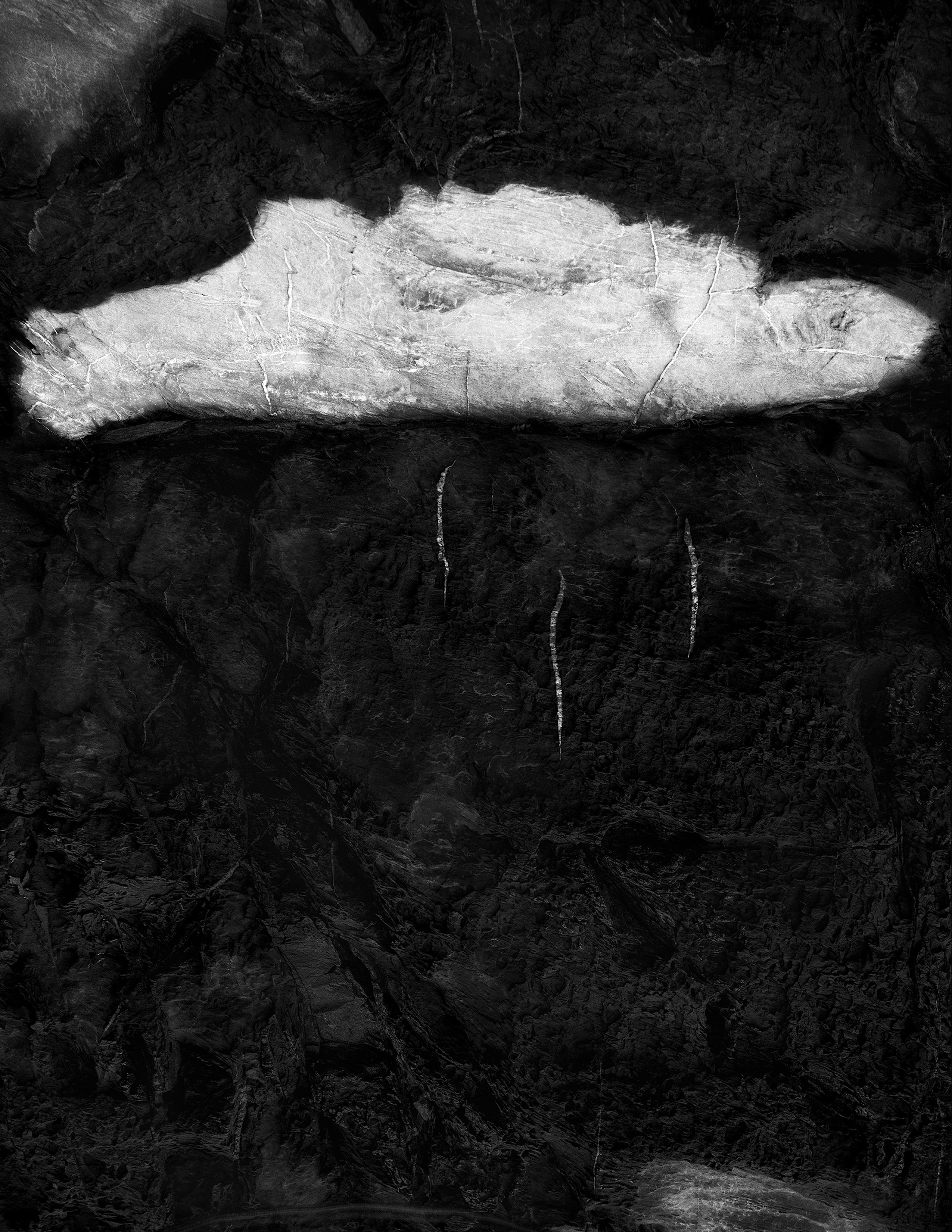Photography with/in a Broader Humanity
DOI:
https://doi.org/10.60162/swamphen.8.16683Abstract
In 2010, I was commissioned to create a portrait of Ngarrindjeri artist, Rita Lindsay Jnr for Country Arts SA (South Australia). We met at a healing ceremony at the coastal town of Goolwa in Ngarrindjeri Country. The aim of the ceremony was to attend the trauma caused by the building of the Hindmarsh Island Bridge; an action by developers that instigated South Australia’s most tragic land rights battle. Becoming familiar with the story of Kumarangk and the bridge became a catalyst for a two-year conversation with Rita, her mother and grandmother. What followed was an invitation to use the medium of photography to explore the metaphysical relationship between Country and its human kin. What began as a single exhibition of works in 2013 has now prospectively become a life’s work. To date this has spanned three exhibitions, an Honours project and a PhD, all of which aim to articulate a practice of relational photography over one that objectifies its subjects. Acknowledging the ontological divide between Indigenous and non-Indigenous knowledge production, my aim is to talk about the notion of relational photography through the idea of kin-making across cultural knowledges and thinking. This paper is an introduction to a practice-based research project I have enacted over the last decade that troubles landscape photography and is motivated by the desire to decolonise my own thinking. By decolonisation, I mean the disinvestment in colonial hierarchies, binary thinking and practices of anthropocentrism.

Downloads
Published
Issue
Section
License
Authors who publish with this journal agree to the following terms:- Authors retain copyright and grant the journal right of first publication with the work simultaneously licensed under a Creative Commons Attribution License that allows others to share the work with an acknowledgement of the work's authorship and initial publication in this journal.
- Authors are able to enter into separate, additional contractual arrangements for the non-exclusive distribution of the journal's published version of the work (e.g., post it to an institutional repository or publish it in a book), with an acknowledgement of its initial publication in this journal.
- Authors are permitted and encouraged to post their work online (e.g., in institutional repositories or on their website) prior to and during the submission process, as it can lead to productive exchanges, as well as earlier and greater citation of published work (See The Effect of Open Access).
